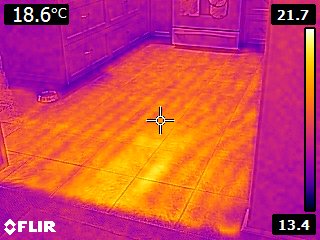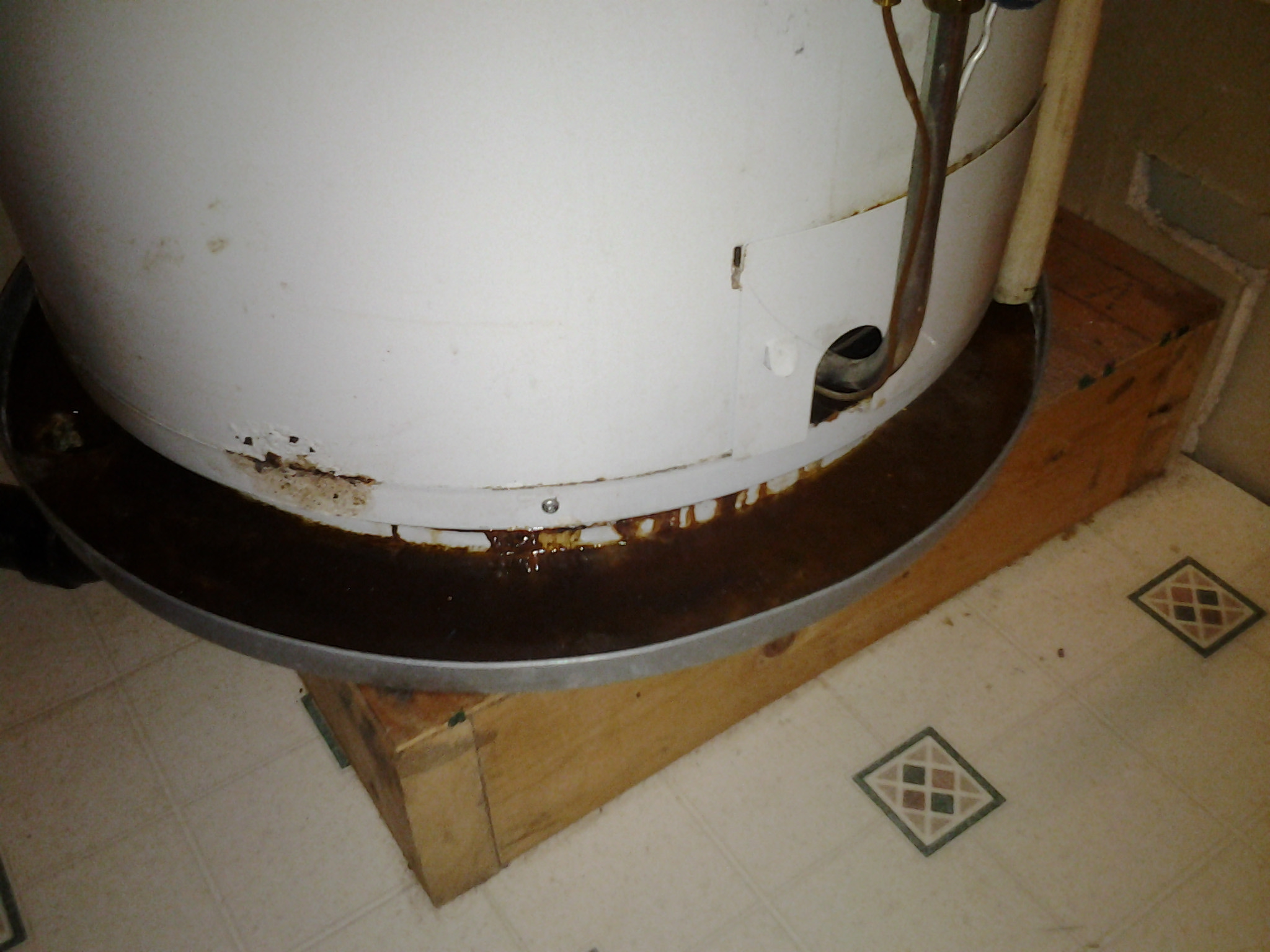From:
Dave
inspectorfletcher@gmail.com
666
Subject: Test
Message Body:
Test
—
This e-mail was sent from a contact form on Island Home Inspection (http://www.islandhomeinspection.ca)
From:
Dave
inspectorfletcher@gmail.com
666
Subject: Test
Message Body:
Test
—
This e-mail was sent from a contact form on Island Home Inspection (http://www.islandhomeinspection.ca)
Spooky areas like this require proper clothing and equipment, often its an area where some issues are present. These spider webs are littered with dryer lint from a poor dryer vent installation. The over sized ducting had no damper and exhausted directly under the unit. Dryer lint has given these webs the Hollywood effect. Dryer lifespan and efficiency will suffer from poor installations. If needed, upgrade to a straight run metal dryer ducting that matches the dryer manufacturing specifications. Ensure the duct port is well connected, has a damper system, and terminates outside away from structure, windows and doors.

Radiant Heating can be found in newer homes as well as some older homes. The two main types are hydronic (water) and electric. Hydronic systems usually have a boiler that can be electric, gas, or oil fired, the boiler heats hot water which travels through the flooring (or ceiling is some cases) and transfers heat to a room. Electric systems use a thin electric pad which contain a small resistor (usually copper wire), electricity passes through the wire and heats up due to the resistance of the wire. Both systems come with their share of issues such as leaks, damaged components, severed circuits, missing ground fault interrupter, inappropriate flooring surfaces, wrong tubing materials or poor installation. Unfortunately due to the systems being hidden under flooring, they can be difficult to fix. An IR camera can be very useful when inspecting these types of heating systems to ensure functionality and to find out where it exists.
Granules are the little rocks on the top of your shingle that are an integral part of your roofing system. Asphalt shingles are typically comprised of a fibreglass weave, impregnated asphalt, glueing strips and the top granule layer. The granules job is to reflect and absorb the ultraviolet sunlight. Without it, the asphalt layers will deteriorate very rapidly, and melt away in the summer heat. Some loss is normal, as many you may find some in your gutters upon clean out. Eventually though there will be none left, and you may be in need of a new roofing system. Having adequate attic ventilation can help keep attic temperatures down and prolong the life of your roof. When attic temperatures are too high and persist, the asphalt in the shingles may overheat, causing the shingle to lose hold of its granules and cause your roofing system to fail.
I hear horror stories of heating bills monthly being $400, $500 and up. Too often it accompanies the statement “Well I’ll just put in a heat pump”, quite often this is not the answer. The truth of the matter is the number one culprit behind heat loss is air transfer. Warm air that you paid good money to heat, floats out the home and is exchanged with cold air, which in turn needs to be heated, quite the vicious cycle. Sealing up areas of heat loss in a home can save you money and provide a comfortable environment for your family. Here are some common places that you can investigate in your own home; Attic hatches, exterior doors, ventilation connections, pot lighting, and older window frames. Put your hand next to them, does it feel cool? Heat loss is money out of your pocket, seal up those voids with weather strips, caulking, or spay foam to help your home.
 No one likes a cold shower, but dealing with a leaking hot water tank can be even less enjoyable. So how long does a hot water tank last? Well this depends on a few factors. How much hot water is being used? What are the environmental factors around the hot water heater location? What is the size? Was it installed properly? Typically tanks will last around 10 years, but it’s best to be proactive with your replacement schedule. Inspect your tank regularly, look for any signs of drips or rust and monitor your hot water supply at taps. Most tanks also have a temperature and pressure relief valve (sometimes on the top and sometimes on the side). It should have a connected tube that extends down to the ground (so the water does not scold people). If this valve is leaking it can be a warning sign and a good time to call a plumber for further evaluation.
No one likes a cold shower, but dealing with a leaking hot water tank can be even less enjoyable. So how long does a hot water tank last? Well this depends on a few factors. How much hot water is being used? What are the environmental factors around the hot water heater location? What is the size? Was it installed properly? Typically tanks will last around 10 years, but it’s best to be proactive with your replacement schedule. Inspect your tank regularly, look for any signs of drips or rust and monitor your hot water supply at taps. Most tanks also have a temperature and pressure relief valve (sometimes on the top and sometimes on the side). It should have a connected tube that extends down to the ground (so the water does not scold people). If this valve is leaking it can be a warning sign and a good time to call a plumber for further evaluation.